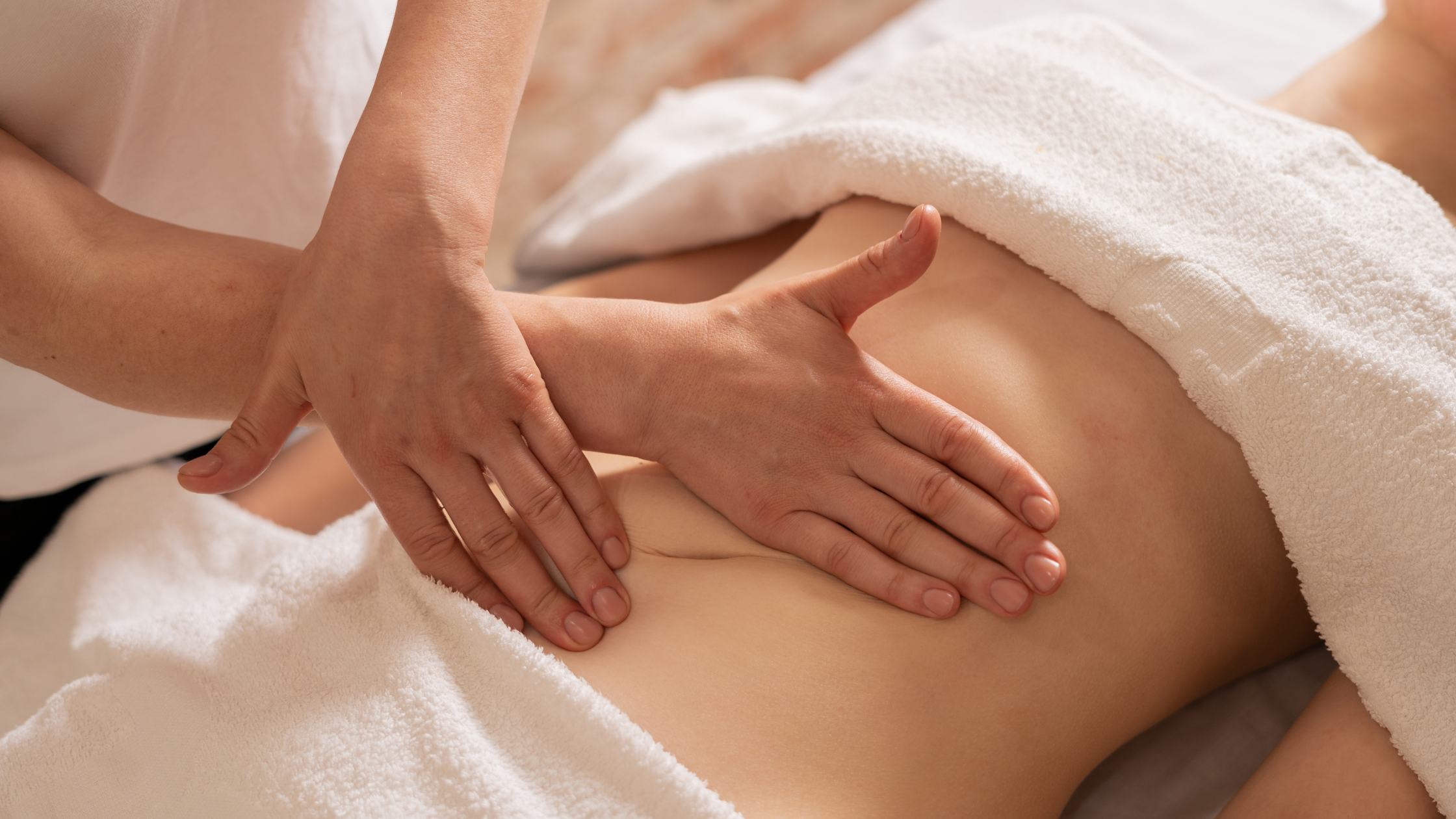- Mon - Fri: 8:30 AM - 5:00 PM
- (954) 960-6321
- 8884 Royal Palm Blvd, Coral Springs, FL 33065
The Healing Power of Lymphatic Drainage After Liposuction

Liposuction is a popular cosmetic procedure that helps individuals achieve their desired body contours by removing excess fat. While the results of liposuction can be transformative, the recovery process can be challenging. One crucial aspect of post-operative care is lymphatic drainage. In this blog post, we’ll explore the importance of lymphatic drainage after liposuction, how it works, and the benefits it offers to individuals on their journey to a smoother, healthier recovery.
Understanding Liposuction
Before diving into the benefits of lymphatic drainage, it’s essential to understand what liposuction entails. Liposuction is a surgical procedure that involves the removal of fat deposits from various areas of the body, such as the abdomen, thighs, buttocks, and more. It’s not a weight loss solution but rather a way to contour the body and address stubborn pockets of fat that diet and exercise alone cannot eliminate.
The Importance of Lymphatic Drainage
After liposuction, the body undergoes a healing process that includes swelling, bruising, and fluid accumulation in the treated areas. This is where lymphatic drainage becomes crucial. The lymphatic system is a network of vessels and nodes responsible for carrying lymph, a clear fluid that helps eliminate waste and toxins from the body. Lymphatic drainage massage assists in moving this fluid and promotes faster healing by reducing swelling and inflammation.
How Lymphatic Drainage Works
Lymphatic drainage is a gentle massage technique designed to stimulate the lymphatic system. A certified lymphatic drainage therapist uses soft, rhythmic movements to encourage the movement of lymph fluid, helping it drain away from the surgical site. Here’s how it works:
- Reducing Swelling: Lymphatic drainage helps reduce post-surgical swelling by facilitating the removal of excess fluid and waste products from the body. This can lead to a more comfortable and faster recovery.
- Speeding Up Healing: By improving lymphatic circulation, this therapy accelerates the body’s natural healing processes. This can result in a quicker return to normal activities and less downtime.
- Minimizing Pain and Discomfort: Lymphatic drainage can also help alleviate pain and discomfort associated with liposuction. By reducing swelling and inflammation, patients often experience less pain during their recovery.
- Preventing Complications: Lymphatic drainage can help prevent complications such as seromas (fluid-filled pockets) and fibrosis (scar tissue formation) by ensuring that lymphatic fluid doesn’t become stagnant.
Benefits of Lymphatic Drainage After Liposuction
- Quicker Recovery: With lymphatic drainage, the body can eliminate excess fluid and toxins more efficiently, leading to a faster recovery.
- Improved Comfort: Patients often report feeling more comfortable and experiencing less pain and tightness in the treated areas after lymphatic drainage sessions.
- Enhanced Results: Lymphatic drainage can help improve the overall outcome of liposuction by ensuring a smoother, more even distribution of remaining fat cells.
- Reduced Scarring: By minimizing the risk of complications, lymphatic drainage can help reduce the likelihood of unsightly scars and irregularities.
Lymphatic drainage is a valuable component of post-operative care for individuals undergoing liposuction. Its ability to reduce swelling, alleviate discomfort, and promote a faster recovery makes it an essential tool in achieving the best possible results from the procedure. If you’re considering liposuction or have recently undergone the procedure, consult with a certified lymphatic drainage therapist to incorporate this beneficial treatment into your recovery plan. With the power of lymphatic drainage on your side, you’ll be one step closer to achieving the body contours you desire and a smoother, healthier recovery journey.
Ready to embark on a journey to relaxation and wellness? Booking your massage at MD Touch is easy:
MD Touch Aesthetics and Wellness
(954) 960-6321
8884 Royal Palm Blvd, Coral Springs, FL 33065





